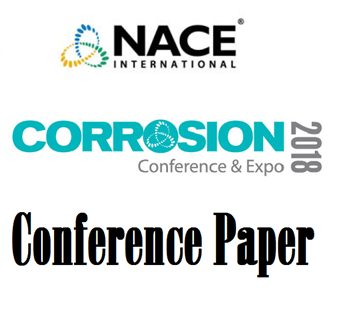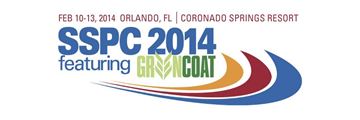Search
Products tagged with 'corrosion resistant'
View as
Sort by
Display
per page
51318-11497-Material Selection Fabrication and Construction of a Corrosion Resistant Plate Girder Bridge
Product Number:
51318-11497-SG
Publication Date:
2018
$20.00
51318-11677-Novel Titanium-based Composites: Processing-Microstructure-Corrosion Interrelationships
Product Number:
51318-11677-SG
Publication Date:
2018
$20.00
A Low VOC and Sprayable Siloxane Nonskid/Nonslip Coating for the U.S. Navy & Non-Military Markets
Product Number:
41214-826-SG
Publication Date:
2014
$20.00
Benefits of Micaceous Iron Oxide, Aluminum Flake and Glass Flake Filled High Performance Coatings
Product Number:
41207-315-SG
Publication Date:
2007
$20.00
Fiber-Reinforced Polymer (FRP): Resin And Corrosion Barrier Selection - The Testing Behind The Recommendation
Product Number:
51322-17961-SG
Publication Date:
2022
$20.00
Waterproofing Membranes: A Vital Component of the Bridge of the Future
Product Number:
41206-257-SG
Publication Date:
2006
$20.00






